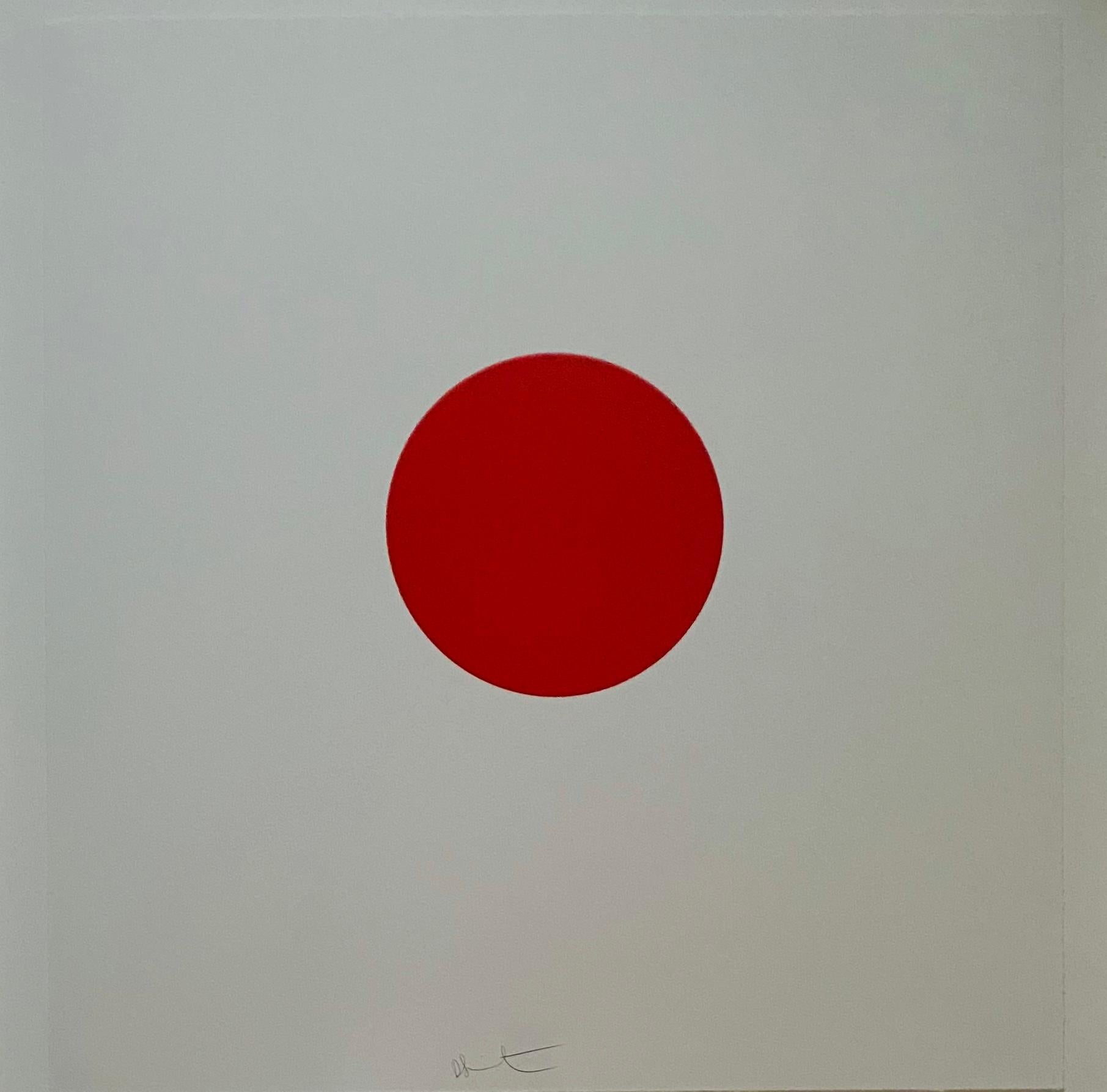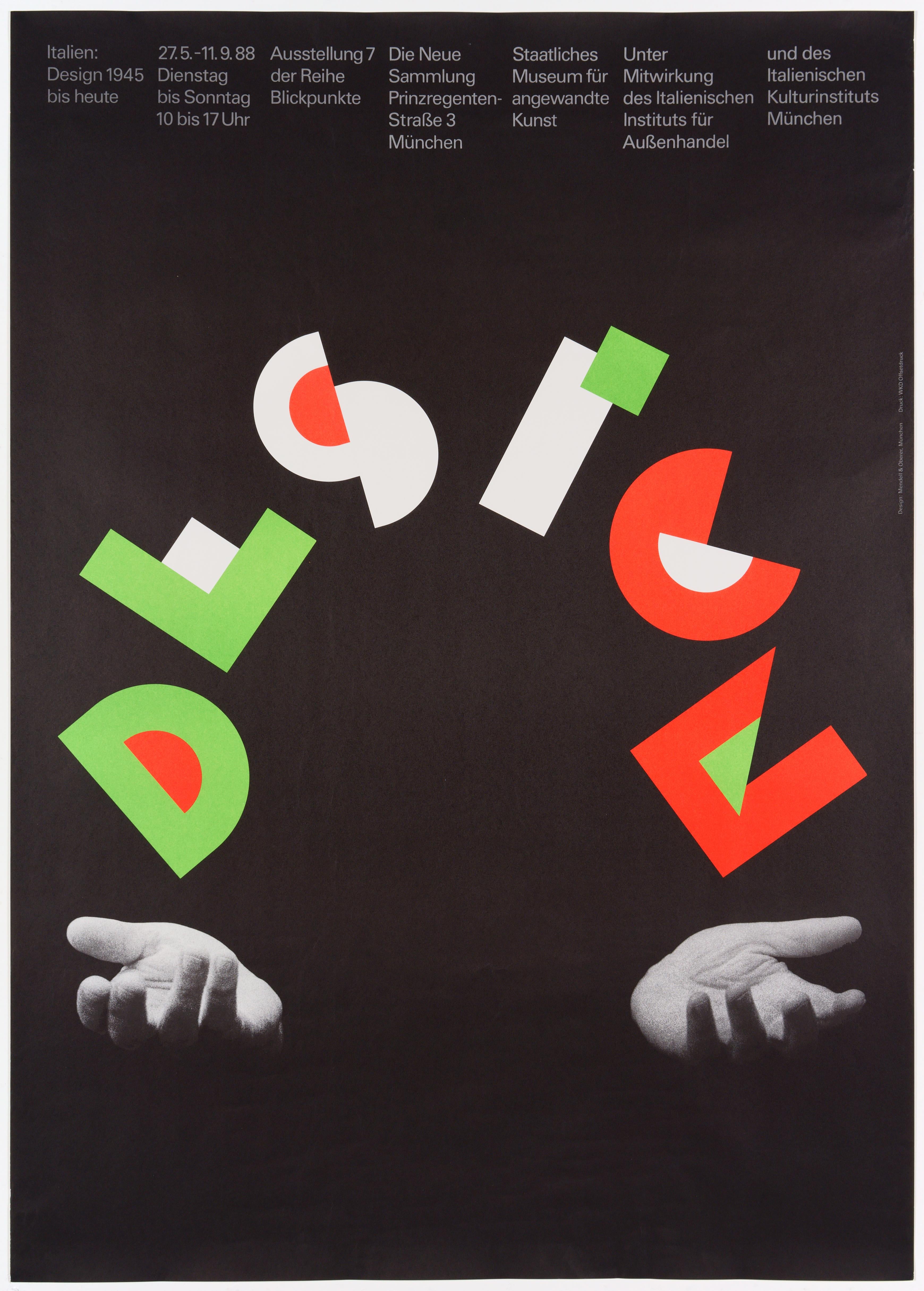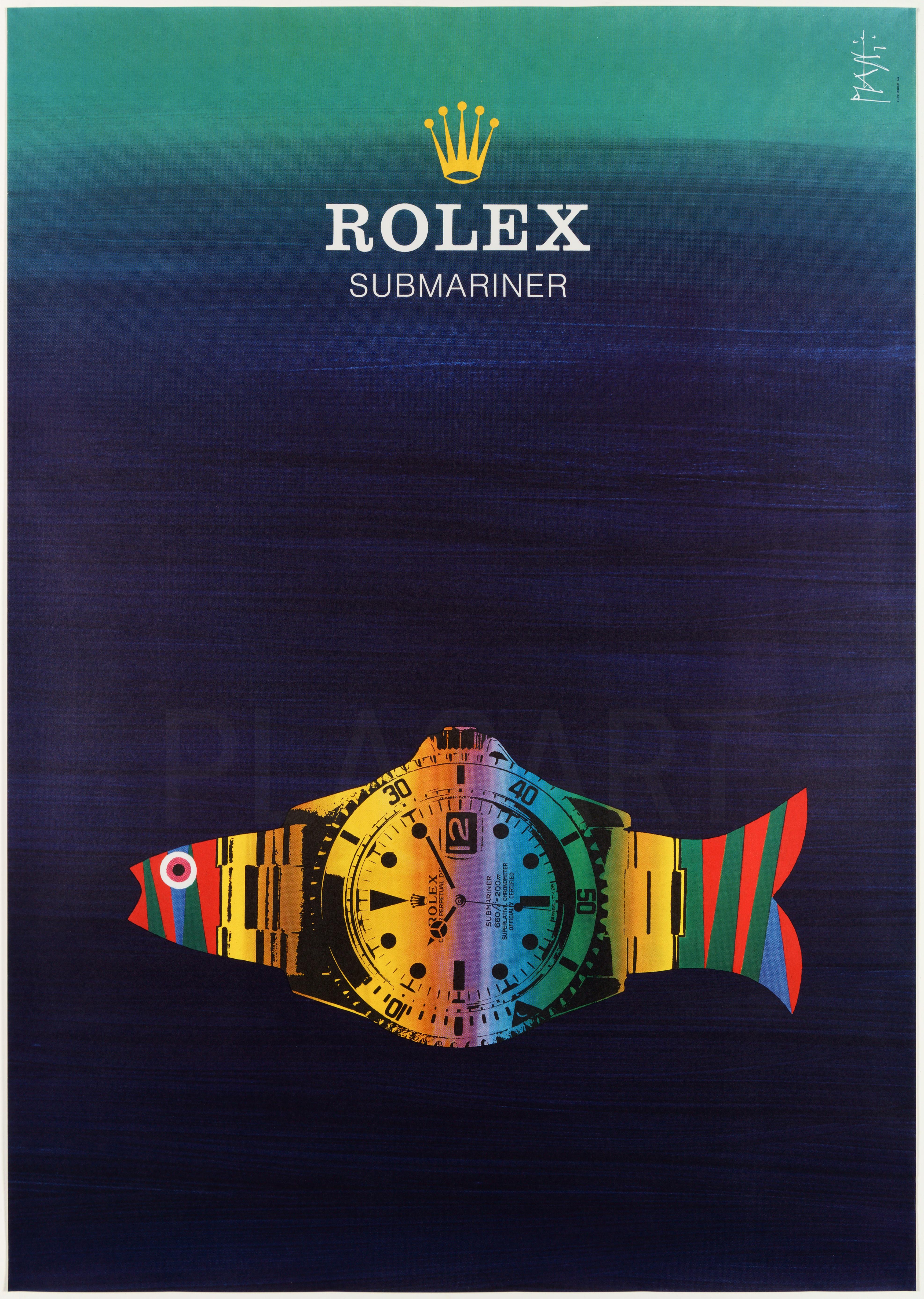Items Similar to Le Coste Nord Ovest Dell' America E Nord Est Dell' Asia Delineate Sulle Ultime O
Want more images or videos?
Request additional images or videos from the seller
1 of 10
UnknownLe Coste Nord Ovest Dell' America E Nord Est Dell' Asia Delineate Sulle Ultime O1798
1798
About the Item
Map Sz: 14 1/2"H x 19 7/8"W
Frame Sz: 21"H x 26 3/8"W
A fine example of Cassini's 1798 map of Alaska, the Bering Strait, and Siberia. Cassini issued this map in his 1798 atlas to illustrate the discoveries made by James Cook. Cook was the first to accurately chart the Alaskan coastline and provide a detailed mapping of the Aleutian Islands. Cook's zigzagging route is shown as he skirts the Aleutian Islands, passes through the Bering Strait into the Arctic Ocean, and then turns back to sail south along the Siberian Coast. Here the Aleutians are collectively identified as Isole Alessiane, though many of the original islands are clearly given indigenous names. A large decorative cartouche in the lower left depicts four American Indians and a baby. This is perhaps the most beautiful of the many maps designed to illustrate Cook's voyages.
Cassini, Giovanni Maria (1745 - 1824) Glovanni Maria Cassini (1745 - 1824) was a Rome based Italian mathematician, globe maker, geographer, engraver, and cartographer active in the later part of the 18th and early 19th century. He was a disciple of Glovanni Battista Piranesi. He Invented new form of projection used for an atlas of the kingdom of Naples issued by Glovanni Antonio Rizzi Zannoni. Cassini is best known as a globe maker and is considered the last of the great 18th century globe makers. His maps are distinctive for their fine engraving, dark strong impressions, and elaborate distinctive cartouche work. Unlike many map and atlas publishers of the perlod, Cassini did all of his own engraving work - this impregnating each map with his unmistakable style. Though he produced a significant corpus ( well-regarded work, little is known of Cassini's personal life. G. M. Cassini is often mistakenly associated with the well-known French cartographic family of the sam name, however, they are not related.
Cook, James (November 7, 1728 - February 14, 1779) Captain James Cook (7 November 1728 - 14 February 1779) is a seminal figure in the history of cartography for which we can offer only a cursory treatment here. Cook began sailing as a teenager in the British Merchant Navy before joining the Royal Navy in 1755. He was posted in America for a time where he worked Samuel Holland, William Bligh, and others in the mapping of the St. Lawrence River and Newfoundland. In 1766 Cook was commissioned to explore the Pacific and given a Captaincy with command of the Endeavour. What followed were three historic voyages of discovery, the highlights of which include the first European contact with eastern Australia, the discovery of the Hawailan Islands (among many other Polynesian groups), the first circumnavigation of New Zealand, some of the first sightings of Antarctica, the first accurate mapping of the Pacific Northwest, and ultimately his own untimely death at the hands of angry Hawaiians in 1779. The influence of Cook work on the mapping and exploration of the Pacific cannot be understated.
- Creation Year:1798
- Dimensions:Height: 21 in (53.34 cm)Width: 26.38 in (67.01 cm)
- Medium:
- Period:1790-1799
- Condition:
- Gallery Location:Bristol, CT
- Reference Number:
About the Seller
4.7
Vetted Seller
These experienced sellers undergo a comprehensive evaluation by our team of in-house experts.
Established in 2000
1stDibs seller since 2019
97 sales on 1stDibs
Typical response time: <1 hour
- ShippingRetrieving quote...Ships From: Bristol, CT
- Return PolicyThis item cannot be returned.
More From This SellerView All
- Slim Aarons Poolside Glamour At The Kaufmann Desert House In Palm SpringsBy Slim AaronsLocated in Bristol, CTArt Sz: 13" x 20 1/8" Frame Sz: 14 1/4" x 21 3/8" In gilt bamboo frame w/ UV glass Original double color plate from "A Wonderful Time" published 1974Category
1970s More Prints
MaterialsPaper
- The Harbour, Lyford Cay Club, Bahamas Print #20 by David Hamilton-JonesLocated in Bristol, CTPrint Sz: 5 1/2"H x 7 1/2"W Sealed Mat Sz: 9"H x 12"W David Hamilton-Jones, b. 1936Category
20th Century Landscape Prints
MaterialsPaper
- "Smuggling In High Life" c1814 Colour Engraving By W N JonesLocated in Bristol, CTArt Sz: 10"H x 16"W Frame Sz: 15 1/2"H x 21"W Pub, January 1st 1814 Property from the Estate of Paula Peyraud A reserved librarian from Chappaqua, New York, Miss Paula Peyraud wa...Category
1810s Prints and Multiples
MaterialsPaper
- US Migratory Waterfowl Cloisonne Pin Ducks Unlimited Collection: 1934-1978Located in Bristol, CTSz: 28 3/4"H x 31 1/2"W in custom hunter green mat w/ mahogany frame Limited Edition #98/ 1500 Run of (55) pins presentCategory
20th Century Prints and Multiples
MaterialsPaper
- Off To The Races IIILocated in Bristol, CTF.A.R. Gallery 1949 Art Sz: 3 1/2"H x 7 1/2"W Frame Sz: 5 1/4"H x 9 1/4"W w/ antique silver gilt frameCategory
1940s Prints and Multiples
MaterialsPaper
- "Game Of Steeple Chase"Located in Bristol, CTSz: 16 1/8"H x 32 1/2"WCategory
1920s Figurative Prints
MaterialsPaper
You May Also Like
- Rhodotorulic Acid. Woodcut in colors. Signed.By Damien HirstLocated in Paris, FRHIRST Damien (1965 - ) Rhodotorulic Acid. Woodcut in colors. Signed. Provenance : DTR Modern Gallery, New York. About Damien Hirst (Artist) British artist Damien Hirst is widely considered the enfant terrible of contemporary art. He is the most prominent of the so-called Young British Artists, or YBAs, a group, largely composed of Hirst’s classmates at Goldsmiths, in London, that began exhibiting together in warehouses and factories after 1988 and is known for the use of unconventional materials and “shock tactics.” In the 1990s, Hirst said, “I can’t wait to get into a position to make really bad art and get away with it.” And indeed, he is notorious for piquing critics and baffling the public with such pieces as his signature glass vitrines containing dead sheep or sharks in formaldehyde, and his diamond-encrusted skull, For the Love of God. Working primarily in sculpture, Hirst takes after French modernist master Marcel Duchamp in his use of ready-made objects and materials, which he combines to ironic effect. He often creates in series, as with The Cure (Violet) and The Cure (Turquoise), both from 2014, which are among several pill paintings...Category
2010s Abstract Abstract Prints
MaterialsPaper
- Werkbund – Original Swiss Exhibition PosterLocated in Zurich, CHOriginal Swiss Exhibition poster by Hermann Eidenbenz (lithograph, printed by Art. Institut Grafica in Basel) advertising a show of the Basel section ...Category
1930s Modern Abstract Prints
MaterialsPaper
- Rolex Submariner – Swiss Original Vintage PosterLocated in Zurich, CHOriginal Poster promoting Rolex' Submariner, reference 1680, created by Celestino Piatti, a very productive Swiss Graphic Designer (1922-2007) known for his charm and subtle humor, p...Category
Mid-20th Century Post-Modern Figurative Prints
MaterialsPaper
- Kunsthalle Bern ("Hopeless", Roy Lichtenstein) – Original Exhibition PosterBy Roy LichtensteinLocated in Zurich, CHOriginal Swiss Vintage Exhibition Poster (screenprint by Albin Uldry, Bern) on the occasion of Lichtenstein's show 1968 at the Kunsthalle Bern, curated...Category
Mid-20th Century Pop Art Figurative Prints
MaterialsPaper
- General Dynamics, Exploring the Universe, Sub-Atomic Worlds – Original PosterBy Erik NitscheLocated in Zurich, CHA poster belonging to Erik Nitsche's second series for General Dynamics, promoting its nuclear research. Founded 1952, General Dynamics hired Nitsche as Art Director – a Swiss (1908 – 1998) educated at the Collège Classique in his birth town Lausanne and at the Kunstgewerbeschule in Munich. 1934 he emigrated to the United States and became an incredibly versatile graphic designer whose work became exemplary modernist. General Dynamics for its part focused on – amongst others – aerodynamics, aerospace, electronics and nuclear power. So here the company had a problem: Only a few years after Hiroshima and Nagasaki it wasn’t exactly the simplest thing to explore nuclear energy and not to be suspected of developing weapons of mass destruction. The International Conference on the Peaceful Uses of Atomic Energy 1955 in Geneva was a great opportunity to be seen as a provider of peaceful technology. The guys in charge chose Erik Nitsche to communicate this message. He created four poster series. Atoms for Peace was the first consisting of eleven posters. The second was made for the Conference 1958; these posters are titled Exploring the Universe and represent different aspects of technological research. The third series promoted General Dynamics’ departments. The last series of six smaller posters...Category
Mid-20th Century Modern Landscape Prints
MaterialsPaper
- General Dynamics, Convair 880, World's Fastest Jetliner – Original PosterBy Erik NitscheLocated in Zurich, CHA poster belonging to Erik Nitsche's third series for General Dynamics, promoting its Convair Company. Founded 1952, General Dynamics hired Nitsche a...Category
Mid-20th Century Modern Abstract Prints
MaterialsPaper
Recently Viewed
View AllMore Ways To Browse
18th Century Indian Art
Andy Warhol Mick Jagger Poster
German Jew
J Bolding And Son
Rotating Storm
Antique Nun Paintings
John Felix Arnold
Bird Singing Box
Crucifixion Icon
Genesis 1968 Wood Sculpture
Henry Moore Zoo
Colombe De La Paix
Renaissance Mid Century Plate
1960 Japanese Screen
Antique Painting Of Villa
Liu Ye Art
Silk Mural
B M Boyle




